Installation Guide for Ceiling Suspension Tubes
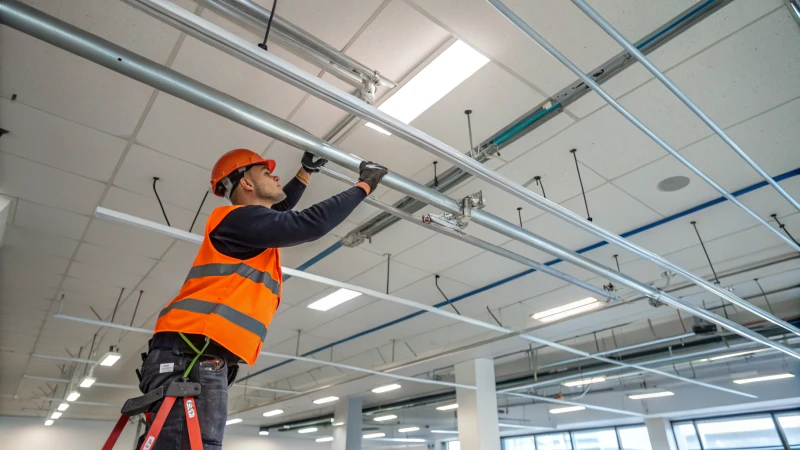
Are you planning to install a suspended ceiling and need expert guidance on using ceiling suspension tubes?
Ceiling suspension tubes are integral components in creating stable and efficient suspended ceiling systems. To install them effectively, choose the appropriate material and diameter, ensure proper alignment, and secure all components to support the ceiling’s weight. Following these steps can ensure a successful and safe installation.
While the basic installation steps are straightforward, mastering the nuances of different pipe materials and understanding advanced techniques can significantly enhance your project’s outcome. Read on to discover expert tips and in-depth strategies that will take your ceiling installation from good to great.
Ceiling suspension tubes support the ceiling's weight.True
These tubes are designed to bear the load of the suspended ceiling.
Plastic is the recommended material for suspension tubes.False
Metal, not plastic, is typically used due to its strength and durability.
What Are the Different Types of Ceiling Suspension Tubes?
Ceiling suspension tubes play a crucial role in supporting suspended ceilings in various settings. They come in different materials and specifications, each suited to particular applications. Understanding these differences is vital for selecting the right tubes for your project.
Ceiling suspension tubes vary in materials like aluminum, steel, and PVC, with each offering unique benefits. They differ in diameter and thickness based on load needs, making material choice essential for project success.
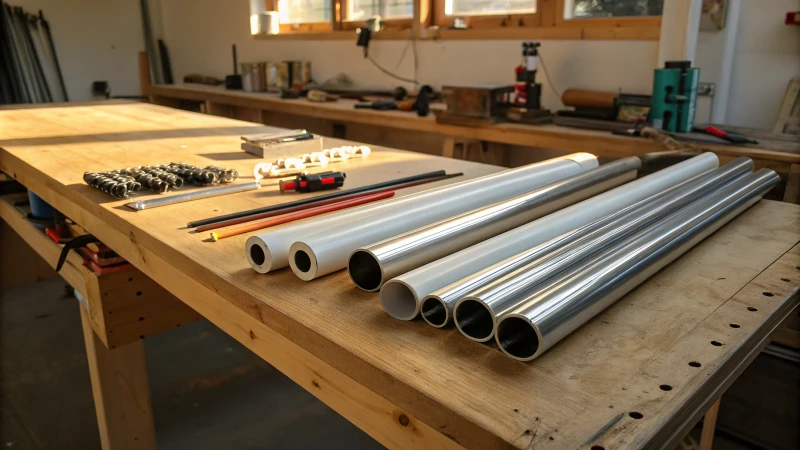
Aluminum Suspension Tubes
Aluminum tubes are widely favored for their lightweight and corrosion-resistant properties. Ideal for residential and commercial use, these tubes are particularly beneficial where ease of handling and longevity are priorities. They often come in diameters ranging from 20mm to 50mm.
Benefits of Aluminum Tubes
- Lightweight: Simplifies installation.
- Corrosion Resistance: Ideal for humid environments.
- Sustainability: Aluminum is recyclable1, reducing environmental impact.
Steel Suspension Tubes
Steel tubes provide superior strength and are suitable for industrial applications requiring higher load-bearing capabilities. Despite being heavier, their durability makes them a viable choice for areas prone to wear and tear.
Features of Steel Tubes
- High Strength: Supports heavy loads.
- Durability: Long-lasting performance under stress.
- Versatility: Steel can be coated2 to enhance corrosion resistance.
PVC Suspension Tubes
PVC tubes are perfect for environments where moisture resistance is crucial. Although not as strong as metal options, they offer significant advantages in terms of cost and ease of installation.
Advantages of PVC Tubes
- Moisture Resistant: Prevents damage in damp areas.
- Cost-Effective: Budget-friendly solution.
- Ease of Use: Installation is straightforward3.
Comparison Table
| Material | Strength | Weight | Corrosion Resistance | Cost |
|---|---|---|---|---|
| Aluminum | Medium | Low | High | Medium |
| Steel | High | High | Medium | High |
| PVC | Low | Very Low | High | Low |
Factors Influencing Choice
Choosing the right suspension tube depends on project-specific requirements such as load capacity, environmental conditions, and budget constraints. Consideration of these factors ensures optimal performance and longevity of the ceiling system.
- Load Requirements: Assess the total weight the system needs to support.
- Environmental Conditions: Determine susceptibility to moisture or corrosive elements.
- Budget Constraints: Weigh the cost against long-term benefits of durability and maintenance needs.
Understanding the distinct types of ceiling suspension tubes and their respective properties can significantly enhance decision-making processes for construction or renovation projects. Exploring more about material specifications4 can provide additional insights into their applications.
Aluminum tubes are heavier than steel tubes.False
Aluminum tubes are lighter than steel, simplifying installation.
PVC tubes are cost-effective for moisture-prone areas.True
PVC tubes resist moisture and offer a budget-friendly option.
How to Ensure Proper Alignment During Installation?
Proper alignment during installation is crucial to prevent equipment failures and inefficiencies. Whether installing machinery or ceiling systems, achieving accurate alignment ensures functionality and longevity.
To ensure proper alignment during installation, use precision tools like levels and laser guides. Regularly check reference points and adjust components as needed to maintain uniformity. This approach minimizes misalignment-related issues.
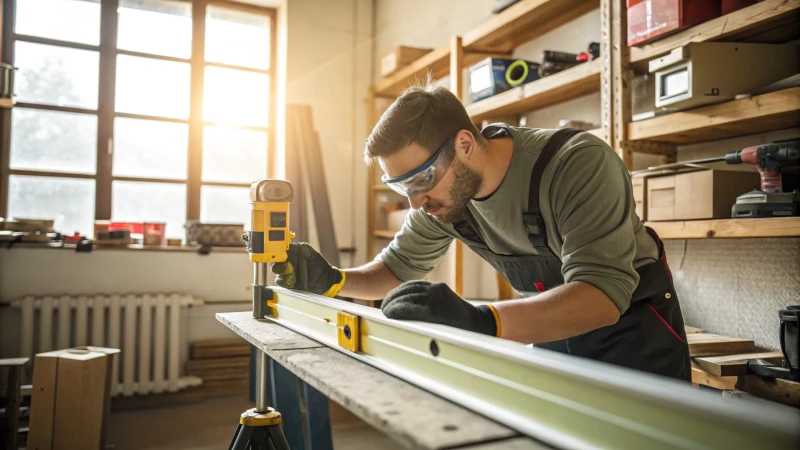
Tools for Accurate Alignment
Utilizing the right tools is essential for achieving precise alignment during installation. Laser levels offer an advanced solution, projecting perfectly straight lines over long distances.
- Traditional Levels: Ideal for shorter distances, these ensure that surfaces remain flat and even.
- Plumb Bobs: Useful for vertical alignment, ensuring components are perfectly upright.
- Alignment Gauges: Help in measuring the distance between components to avoid misalignment.
Techniques for Maintaining Uniformity
Achieving uniformity requires consistent checking and adjustment techniques5. Implementing regular measurement intervals helps in maintaining accuracy.
- Reference Points: Establish permanent reference points to guide the entire process.
- Cross-Checking: Double-check measurements from different angles to confirm precision.
Common Challenges and Solutions
Misalignment can occur due to various factors, including environmental conditions and human error. Identifying potential issues early can prevent long-term problems.
| Challenge | Solution |
|---|---|
| Temperature Fluctuations | Use materials with thermal expansion properties. |
| Human Error | Implement training programs and use digital tools for accuracy. |
| Inconsistent Materials | Choose high-quality, uniform materials to ensure consistency. |
Importance of Calibration
Regular calibration of tools can prevent errors that lead to misalignment. Ensuring that tools such as levels and laser guides are correctly calibrated is crucial.
For more insights on calibration processes, refer to this guide6 that provides detailed steps and best practices for maintaining tool precision. Calibration schedules should be set up based on frequency of use and environmental conditions.
These strategies highlight the importance of detailed planning and execution when aiming for precise alignment during installations, ensuring project success7.
Laser levels project straight lines over long distances.True
Laser levels are designed to provide precise alignment across extended areas.
Traditional levels are best for long-distance alignment.False
Traditional levels are more suitable for shorter distances due to their design.
What Safety Precautions Should Be Taken When Installing Ceiling Pipes?
Installing ceiling pipes can be risky without the right precautions. Ensuring safety not only protects workers but also enhances the quality of the installation. Here’s a guide to keep you safe during the process.
To safely install ceiling pipes, wear protective gear, secure ladders properly, use tools in good condition, and ensure a clear work area. Regularly check that pipes are aligned and securely fastened.
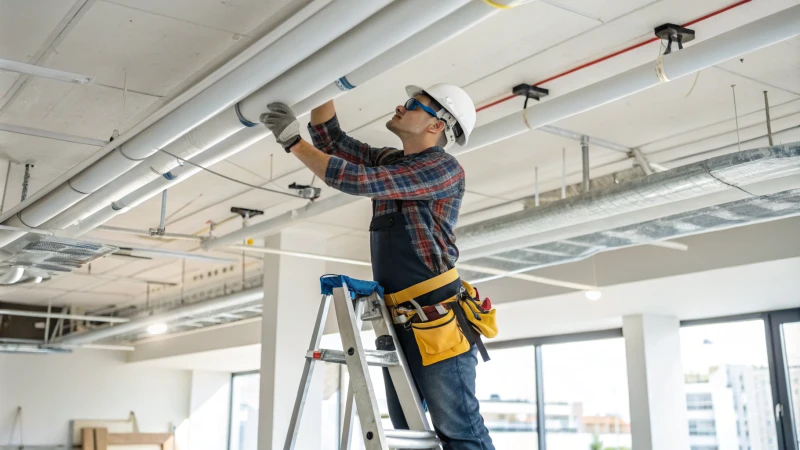
Personal Protective Equipment (PPE)
Wearing the appropriate PPE is critical. This includes hard hats to protect against falling objects, gloves to handle sharp tools, and safety glasses to guard against debris. Ensure all safety equipment8 is certified and maintained.
Ladder Safety
Ladder falls are a common hazard. Secure the ladder on stable ground and ensure it’s at the correct angle. The rule of thumb is a 1:4 ratio between the base and height. Never overreach while on the ladder; instead, move it closer to the work area.
| Ladder Positioning | Guideline |
|---|---|
| Angle | 1:4 ratio |
| Top Placement | 3 feet above roof line |
Tool Maintenance
Tools should be in good working condition. Inspect all tools before use; damaged or worn-out tools can cause accidents. Keep a checklist for regular tool inspection9 routines.
Workspace Management
A clutter-free workspace minimizes accidents. Ensure all materials are organized and within reach. Clear any obstacles that may cause trips or falls.
Pipe Alignment and Fastening
Use a level tool to maintain pipe alignment throughout the installation. Misaligned pipes can lead to structural issues. Ensure all connections are securely fastened with appropriate anchors and screws for the material.
Environmental Considerations
Working at height increases exposure to environmental factors like wind and rain. Plan installations around favorable weather conditions and ensure the area is well-ventilated to avoid overheating.
Incorporating these safety measures can significantly reduce the risk of accidents and ensure a smooth installation process for ceiling pipes. For further guidance, consult installation guidelines10 from trusted sources.
Hard hats are unnecessary for ceiling pipe installation.False
Hard hats protect against falling objects, essential for safety.
A 1:4 ladder angle ratio is recommended for stability.True
The 1:4 ratio ensures the ladder is stable and secure.
How Can Supporting Accessories Enhance Installation Efficiency?
Ever wondered how a few strategic accessories could transform your installation process? Discover the impact of supporting accessories in boosting efficiency and streamlining operations in various settings.
Supporting accessories enhance installation efficiency by simplifying processes, reducing manual effort, and improving accuracy. Examples include pre-fabricated components, adjustable hangers, and integrated systems that expedite setup and ensure precision.
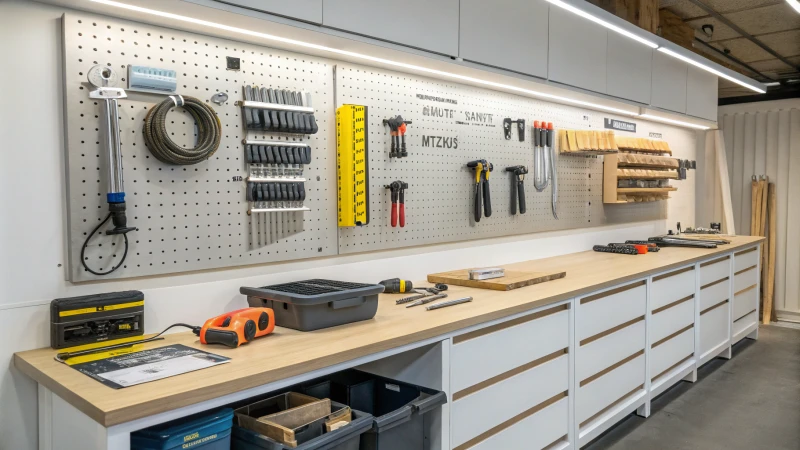
The Role of Pre-Fabricated Components
Pre-fabricated components, such as brackets and connectors, are game-changers in installation processes11. These components come ready-to-use, significantly reducing the time spent on-site assembly. This not only speeds up the process but also minimizes human error, ensuring a smoother operation.
By using pre-fabricated parts, installers can focus on the broader aspects of their projects without getting bogged down by intricate details. Additionally, these components often come with detailed guidelines and specifications, making it easier to follow standardized protocols.
| Benefits of Pre-Fabricated Components |
|---|
| Reduces onsite assembly time |
| Minimizes human error |
| Ensures standardized protocols |
Advantages of Adjustable Hangers
Adjustable hangers are another vital accessory that can drastically improve installation efficiency. These hangers allow for quick height adjustments, which is particularly beneficial in achieving precise alignment without extensive rework. The flexibility offered by adjustable hangers can be especially useful in dynamic environments where slight modifications are frequently required.
Moreover, the use of adjustable hangers can lead to substantial savings in both time and labor costs, as fewer adjustments mean less downtime. Installers can achieve accurate installations faster, contributing to an overall more efficient workflow.
Integration with Multi-functional Systems
The integration of supporting accessories into multi-functional systems is an innovative approach that merges different elements such as lighting or ventilation into a single setup. This integration simplifies the installation process12, as it reduces the number of separate components that need to be installed individually.
With fewer components to manage, there’s less room for error, and the installation becomes more efficient. Furthermore, these integrated systems often offer better overall functionality and design cohesion, which can enhance the final outcome’s aesthetics and performance.
By embracing these supporting accessories, industries can streamline their installation practices, leading to better project outcomes and increased satisfaction for both installers and end-users. Each accessory type offers unique benefits that cater to specific needs, making them indispensable tools in modern construction and renovation projects.
Pre-fabricated components reduce onsite assembly time.True
Pre-fabricated parts come ready-to-use, cutting down on-site work.
Adjustable hangers increase installation errors.False
Adjustable hangers enhance precision, reducing the chance of errors.
Conclusion
This installation guide covers ceiling suspension tubes, detailing material types, installation techniques, safety measures, and supporting accessories to enhance efficiency and ensure a stable ceiling system.
-
Aluminum recycling is crucial for environmental sustainability, offering insights into eco-friendly practices. ↩
-
Steel coatings enhance corrosion resistance, which is vital for extending the lifespan of steel structures. ↩
-
Knowing how to install PVC pipes helps streamline the installation process, ensuring efficiency. ↩
-
Material specifications guide helps in selecting the most suitable suspension tubes for specific applications. ↩
-
Explore this link to discover various alignment techniques that enhance installation accuracy. ↩
-
Learn how to effectively calibrate your tools to maintain precision in installations. ↩
-
Understand why precise alignment is crucial for successful project completion. ↩
-
Learn about essential PPE for construction safety to reduce injury risks. ↩
-
Get tips on maintaining tools to ensure they’re safe for use. ↩
-
Discover best practices for installing ceiling pipes safely. ↩
-
Learn how pre-fabricated components streamline construction processes and improve quality control. ↩
-
Explore the advantages of integrating multi-functional systems to simplify installations and boost productivity. ↩



